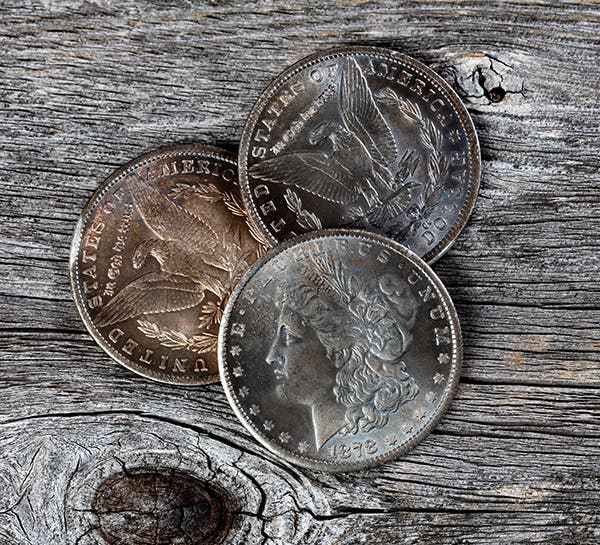Can ’01-S actually be star Barber dime?
It’s not an 1894-S dime, but then there are not many coins of any denomination or type in that league.
It’s not an 1894-S dime, but then there are not many coins of any denomination or type in that league. But the 1901-S Barber dime is a tough date from a series that is filled with tough dates. That has intimidated many collectors.
But collectors should look a little deeper into the Barber dime series. If you set your sights on a collection of circulated coins rather than Mint State coins, the set is achievable as long as you ignore the 1894-S.
In G-4 grade, only a single Barber dime is priced over $100. That one is the 1895-O and it will set you back $385.
Perhaps this information might lead you to think Barber dimes are common. They are not. While some are fairly available, there are more than a dozen dates with mintages below 1 million and plenty of others in the 1 million to 2 million mintage range. In an age when current coins have mintages in hundreds of millions and billions, those low mintages should have an appeal.
At the time of issue, Barber dimes were not avidly collected. There was a lot of competition for the attention of collectors of the time. The 1909-S Indian cent and the 1909-S
VDB Lincoln cent were much more in the spotlight as was the 1912-S Liberty head nickel.
A century ago, just the face value of the dime represented a pretty sizable investment. And if collectors chose to collect in that newfangled way of obtaining one from each minting facility, well that just made the set all the more expensive as there were dimes from Philadelphia, New Orleans and San Francisco. Even Denver began dime production before the series ended. How could the collector budget of the time stand the strain?
The Barber dime series began in 1892 and ended in 1916. Mintages were not all that different from those of the 1870s. That is why the 593,022 mintage of the 1901-S dime did not turn many heads. It was low, to be sure, but not so low as to stand out at the time of issue. In 1896, the San Francisco dime mintage was lower, but not by much. The 1895-O was also lower.
In short, events combined to keep collectors from dashing out to put aside 1901-S dimes. That is why it is $985 in MS-60 and $5,350 in MS-65. Those are not the prices of a common Barber dime.
If you check the top-grade prices, the 1901-S has not moved all that much since 1998. Prices that have moved are those in the circulated grades.
In 1998, a G-4 was $39. Now it is $80. In F-12, it was $280. Now it is $360. In XF-40 it was $380. Now it is $520. It is interesting to see the highest percentage gain in the lowest grade. Perhaps someone is quietly collecting Barber dimes after all.
But more important is the fact that there are not that many that have survived to the present. In addition to normal wear and retirement, many of these coins were also in the vicinity of the great San Francisco earthquake of 1906. How many were lost in the rubble no one can say, but low mintage, low saving and above average attrition combine to make the 1901-S the first Barber dime you should look at if you choose to notice this long overlooked series at all.
More Coin Collecting Resources:
• February only! Save 50% on the most comprehensive world paper money CDs.
• Strike it rich with this U.S. coins value pack.
• Build an impressive collection with Coin Collecting 101.








